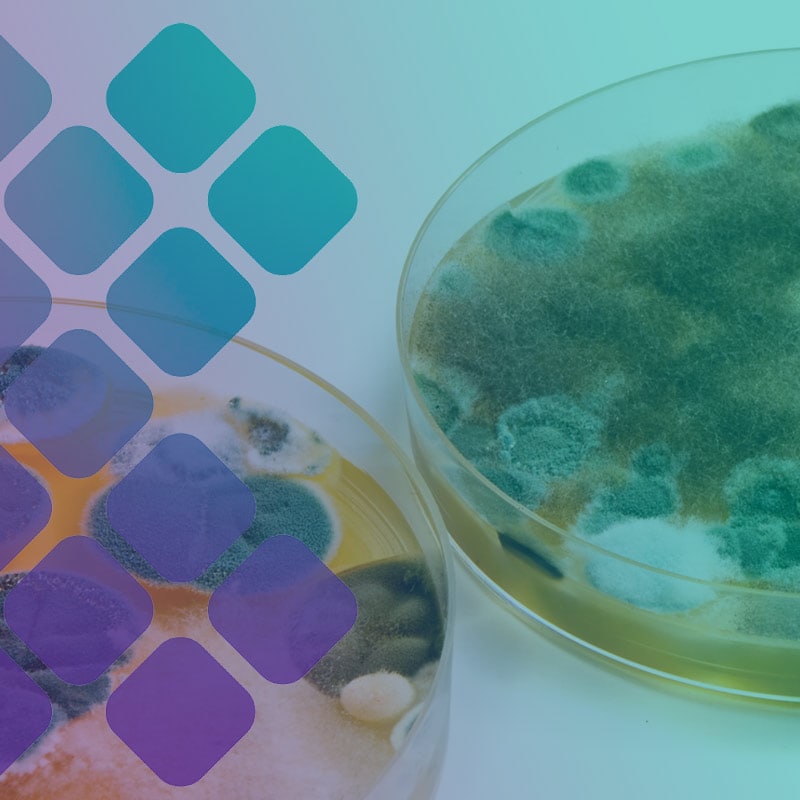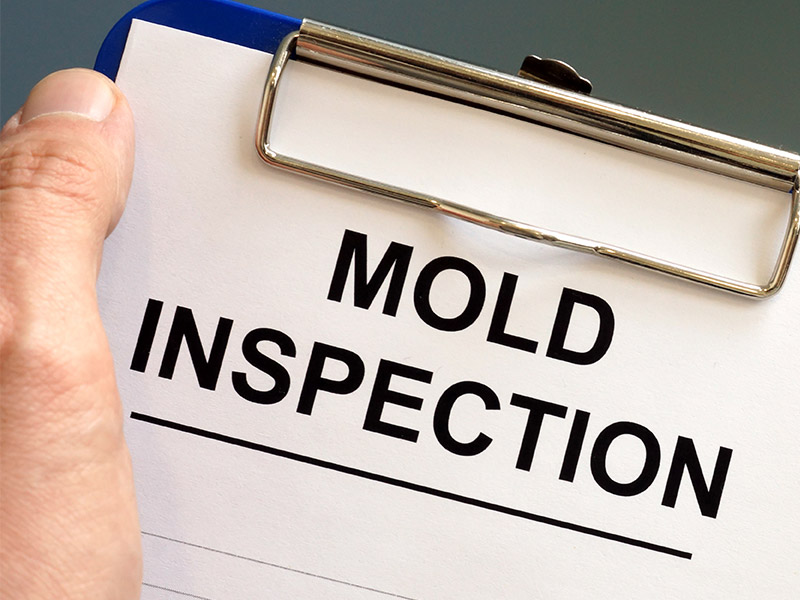Choosing the Right Mycotoxin testing Services for Your Company
Choosing the Right Mycotoxin testing Services for Your Company
Blog Article
Ensuring Compliance With Laws: the Duty of Mycotoxin Testing in Quality Control
Making sure conformity with rigid guidelines is extremely important for maintaining food safety, and the role of mycotoxin screening in high quality control can not be overstated. Mycotoxins, poisonous substances generated by specific mold and mildews, position considerable health and wellness threats, making their discovery crucial in food manufacturing.
Understanding Mycotoxins
Comprehending mycotoxins is essential to guaranteeing the top quality and safety of farming products. Mycotoxins are harmful secondary metabolites generated by specific varieties of fungi, frequently located in foods items such as nuts, grains, and spices. These substances can emerge at various stages of the food production process, from pre-harvest to storage space, and posture significant health and wellness threats to both people and animals (Mycotoxin testing Services). The most infamous mycotoxins consist of aflatoxins, ochratoxins, fumonisins, and trichothecenes, each related to certain ecological problems and fungal varieties.
The presence of mycotoxins in food items can lead to chronic and acute health problems, consisting of liver damages, immune suppression, and cancer causing effects. Their detection and metrology are important elements of top quality control in agricultural and food markets. The complexity of mycotoxin contamination demands a complex technique, employing innovative logical techniques such as liquid chromatography, mass spectrometry, and enzyme-linked immunosorbent assays (ELISA) By comprehending the sources, types, and results of mycotoxins, stakeholders in the farming sector can better carry out preventative measures and mitigate threats, guaranteeing more secure intake for end-users. This understanding develops the bedrock upon which effective mycotoxin monitoring methods are built.
Governing Requirements for Mycotoxins
Having actually developed a fundamental understanding of mycotoxins and their effect on food safety, it is important to evaluate the regulative criteria regulating their visibility in agricultural items. Regulatory requirements for mycotoxins are important since they specify permitted limits, guaranteeing food safety and shielding public health and wellness. Various international and national agencies have set these restrictions based on comprehensive threat assessments.
The Codex Alimentarius Commission, a worldwide body established by the FAO and WHO, provides standards and maximum allowable levels for different mycotoxins in food and feed. For circumstances, the Codex has actually set limitations for aflatoxins in peanuts, maize, and dried figs, among various other products. These requirements are usually adopted or adjusted by individual countries to fit their details demands.
In the European Union, Policy (EC) No 1881/2006 stipulates optimum degrees for numerous mycotoxins, such as aflatoxins, ochratoxin A, and deoxynivalenol, in numerous foodstuff. In a similar way, the U.S. Food and Medicine Administration (FDA) has actually established activity levels for mycotoxins like aflatoxins in assets such as nuts and grains.
Adherence to these regulative standards is crucial for maintaining market accessibility, consumer depend on, and public health. Non-compliance can cause considerable economic losses and wellness threats, emphasizing the relevance of rigid mycotoxin screening protocols.
Evaluating Approaches and Technologies

ELISA is widely valued for its economical and fast testing capacities, making it optimal for high-throughput settings. It relies upon antibodies to discover specific mycotoxins, giving results in a relatively brief time frame. Its level of sensitivity may be restricted contrasted to a lot more sophisticated methods.
HPLC, on the other hand, masters giving quantitative analysis with high precision and precision. It divides intricate mixes right into private components, making it extremely efficient for identifying and click here now evaluating multiple mycotoxins at the same time - Mycotoxin testing Services. This strategy, while much more lengthy and resource-intensive than ELISA, offers a higher level of integrity

LC-MS stands for the peak of logical uniqueness and level of sensitivity. Incorporating the separation power of liquid chromatography with the discovery capacities of mass spectrometry, LC-MS can find also trace levels of mycotoxins. This technique is important for validating the presence of mycotoxins in governing and forensic contexts, ensuring compliance with rigorous safety and security requirements.
Carrying Out Checking Procedures

Integrating these advanced screening methods right into a comprehensive high quality control framework necessitates a well-structured technique to carrying out screening procedures. To attain this, companies must first conduct a complete risk assessment to determine prospective mycotoxin contamination factors within the supply chain. This assessment informs the development of a tailored testing method that addresses certain vulnerabilities.
Next, establishing standardized sampling procedures is essential. Consistent tasting makes certain that examination outcomes are reliable and representative of the entire batch (Mycotoxin testing Services). Abiding by guidelines from regulatory bodies, such as the FDA or EFSA, helps preserve compliance and boosts the reliability of the testing procedure
Training workers is another critical part. Personnel needs to excel in both sample collection and the procedure of testing tools. Routine training sessions and accreditation programs can make certain that employee remain updated with the most up to date methods and regulative changes.
Advantages of Mycotoxin Evaluating
Mycotoxin screening uses many benefits that significantly boost the safety and security and high quality of food and feed products. Largely, it works as a critical control action to stop infected goods from reaching the customer market, consequently securing public health and wellness. By determining and measuring mycotoxins such as fumonisins, aflatoxins, and ochratoxins, producers can make certain that their products satisfy stringent governing standards, therefore avoiding prospective lawful consequences and linked expenses.
In addition, mycotoxin testing adds to the financial practicality of food and feed markets by reducing the threat of large-scale product remembers. The ability to find and separate infected batches early in the production procedure lowers waste and prevents the monetary losses connected with broken brand name credibility. In addition, it fosters consumer depend on and loyalty, as consumers over at this website are progressively knowledgeable about food safety and security concerns and demand better requirements.
The application of normal mycotoxin testing also promotes best practices within farming and production sectors. By adhering to strenuous screening protocols, companies can enhance their quality assurance processes, boost functional efficiency, and make Find Out More sure the constant production of safe, top notch items. To conclude, the advantages of mycotoxin testing are multifaceted, contributing to public health, financial security, and market integrity.
Final Thought
Mycotoxin screening is critical in ensuring conformity with regulative standards, consequently keeping food safety and top quality control. Hence, mycotoxin testing remains a vital component of modern food security monitoring systems.
Making certain conformity with rigorous guidelines is critical for maintaining food safety and security, and the function of mycotoxin screening in top quality control can not be overemphasized.In the world of mycotoxin testing, advanced modern technologies and approaches are pivotal in ensuring food safety and regulative compliance.Mycotoxin testing provides various benefits that substantially enhance the safety and high quality of food and feed products.Mycotoxin screening is critical in ensuring conformity with governing standards, therefore keeping food safety and security and top quality control. Thus, mycotoxin testing remains an indispensable component of modern-day food safety and security monitoring systems.
Report this page